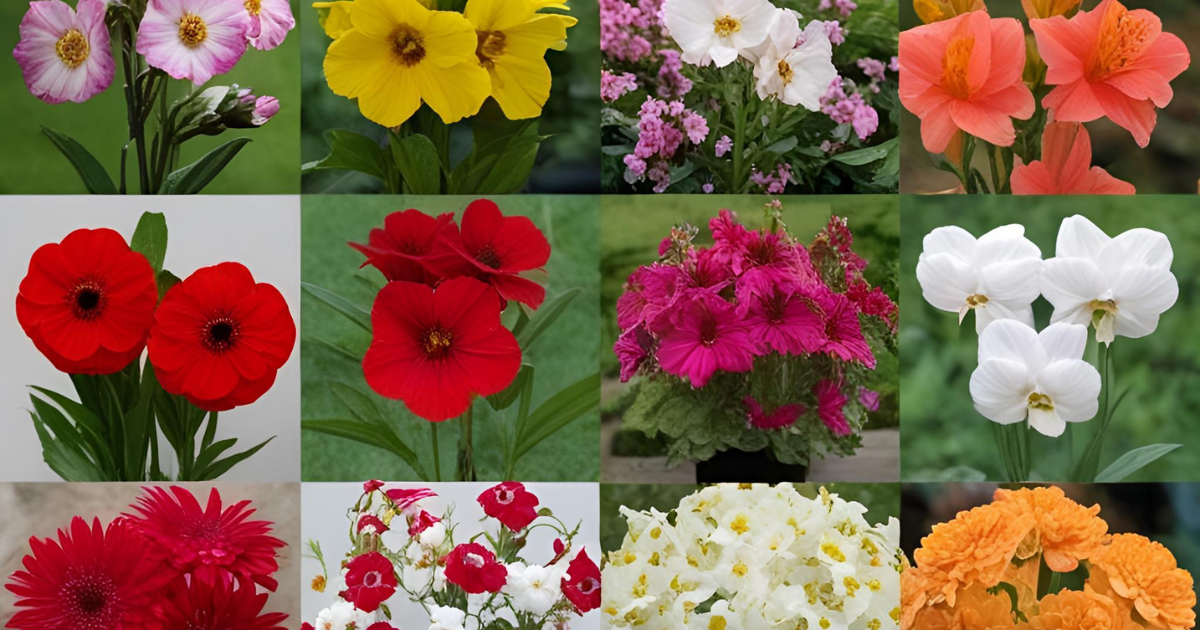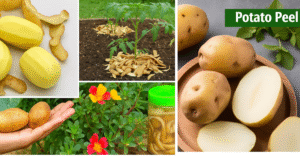Brighten your garden with low maintenance flowers that thrive in tough conditions. These flowers are perfect for adding color without the hassle of high upkeep.
Introduction
Ever wish your garden looked stunning without all the fuss? If you’re short on time or want a fuss-free landscape, choosing the right low maintenance flower can make all the difference.
Whether you’re working with poor soil, full sun, or inconsistent watering, some flowers are just more challenging than others. These blooming beauties not only survive neglect—they thrive on it. From vibrant wildflowers to hardy perennials, there’s something here for every garden style.
Below, we’ve gathered 12 best low maintenance flowers perfect for busy gardeners, dry climates, or even beginners just learning the ropes. With some planning, you’ll have a blooming, bee-friendly yard with minimal effort.
Let’s dig in!
1. Lantana
Why It Works:
Lantanas are a heat-tolerant, drought-resistant, low maintenance flowers known for its bright, multi-colored clusters. It handles poor soil and attracts pollinators.
How to Grow:
. Plant in full sun
. Water sparingly once established
. Trim regularly to encourage fresh blooms.
Additional Benefits:
Repels deer and attracts butterflies. Lantana works well in containers or as a ground cover.
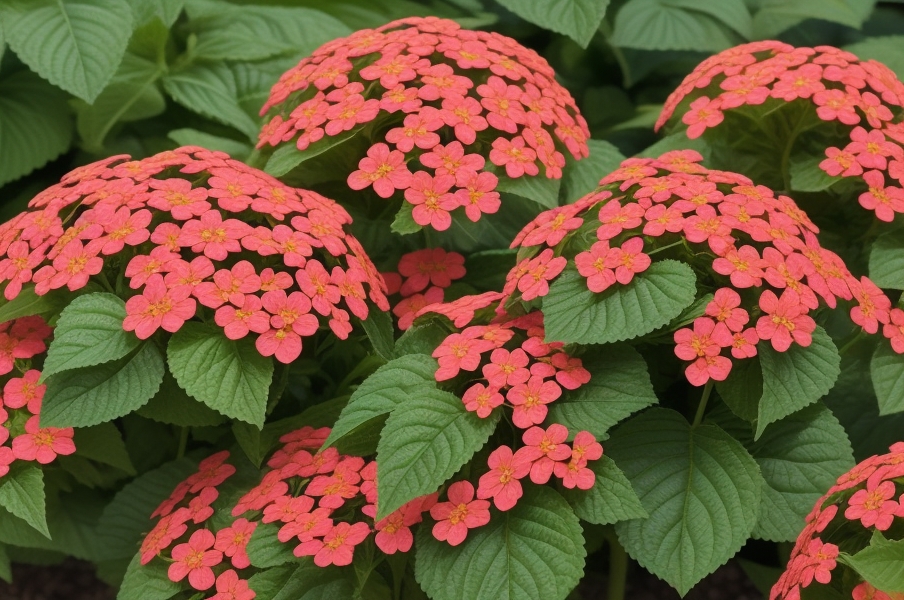
2. Coneflower (Echinacea)
Why It Works:
Coneflowers are tough perennials immune to drought and pests. They bloom all summer long with daisy-like flowers that love poor soil.
How to Grow:
. Prefers full sun
. Thrives in well-drained or sandy soil
. Leave seed heads for birds in winter.
Additional Benefits:
Coneflowers make great cut flowers and attract bees and songbirds.
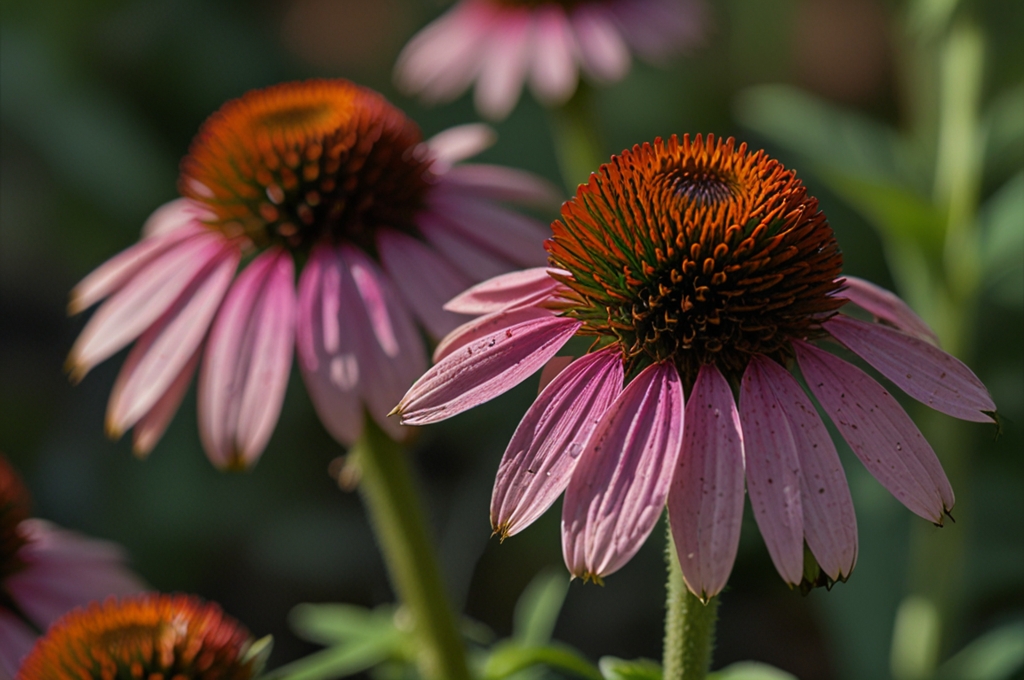
3. Blanket Flower (Gaillardia)
Why It Works:
This vibrant, low maintenance flowers thrives in hot, dry conditions and blooms continuously through summer with red, orange, and yellow petals.
How to Grow:
. Plant in full sun
. Deadhead regularly for more blooms.
. Tolerates rocky or poor soil
Additional Benefits:
It has low water needs and is perfect for pollinator gardens or borders.
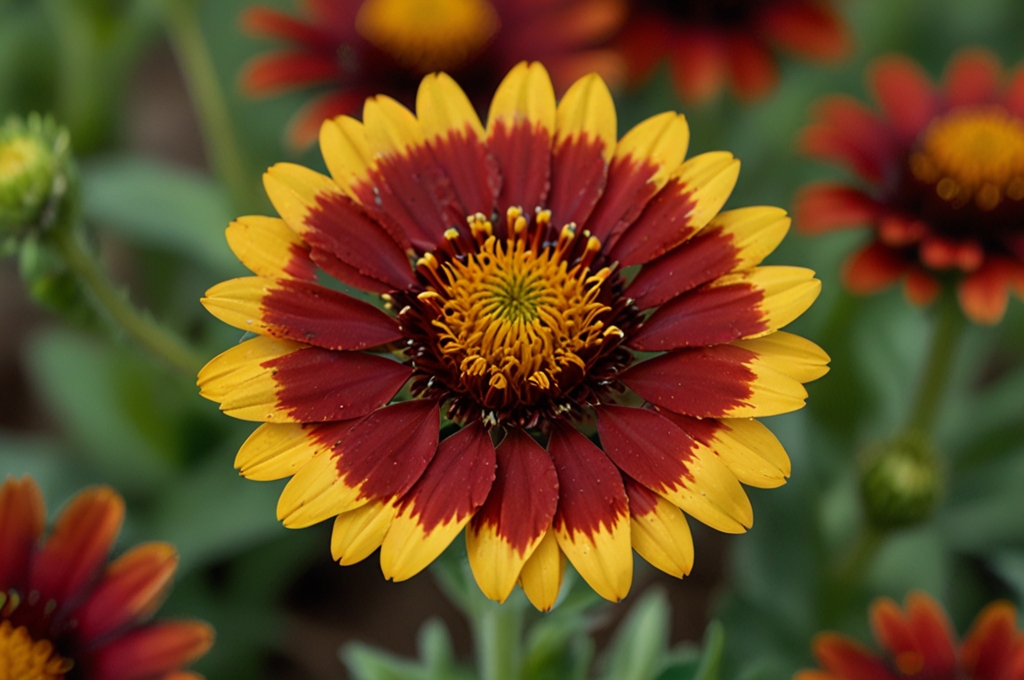
4. Black-eyed Susan (Rudbeckia)
Why It Works:
These golden beauties are among the easiest flowers to grow. They tolerate heat, drought, and neglect like champs.
How to Grow:
. Full sun preferred
. Tolerates dry, clay, or sandy soil
. Water during extended droughts
Additional Benefits:
Blooms last from summer into fall and attract butterflies.
5. Zinnias
Why It Works:
Zinnias love the heat and bloom heavily with minimal effort. These low maintenance flowers is perfect for beds, borders, and containers.
How to Grow:
. Full sun required
. Regular deadheading promotes blooming.
. Avoid overwatering to prevent mildew.
Additional Benefits:
Great for pollinators and cut flower arrangements.
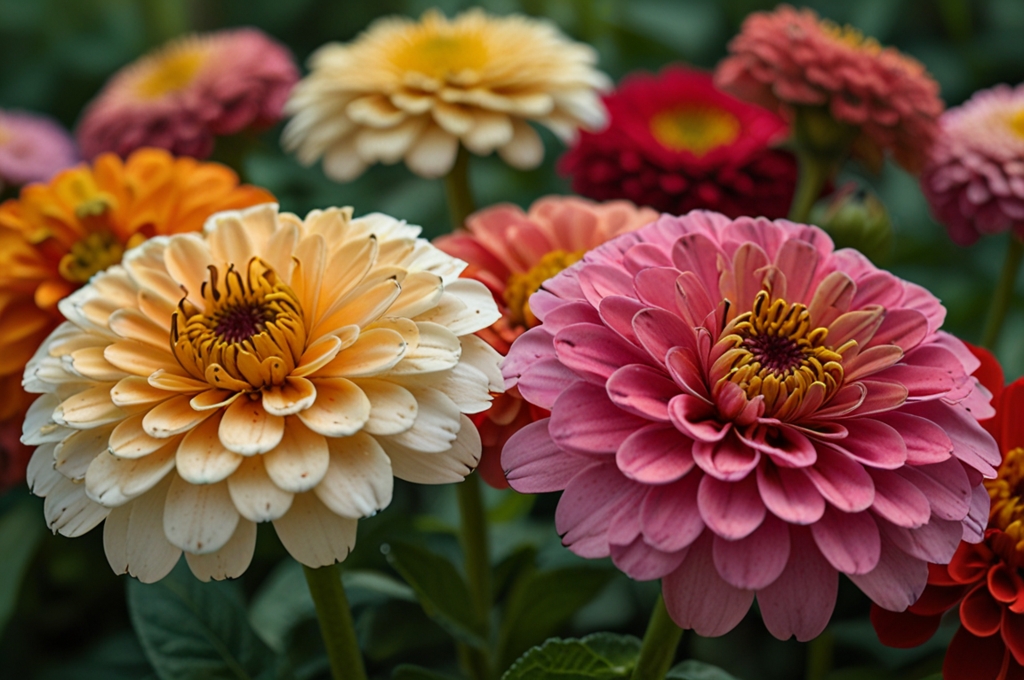
6. Sedum (Stonecrop)
Why It Works:
Sedums are tough succulents with fleshy leaves and star-shaped flowers. They handle drought and poor soil with ease.
How to Grow:
. Needs well-drained soil
. Full sun or partial shade
. It rarely needs watering once established.
Additional Benefits:
Perfect for rock gardens, green roofs, and low-water landscapes.

7. Marigolds
Why It Works:
Bright and cheerful, marigolds are pest-resistant and tolerate hot, dry weather well— and perfect low maintenance flowers.
How to Grow:
. Plant in full sun
. Water deeply but infrequently
. Deadhead to keep blooms coming.
Additional Benefits:
Repels garden pests like aphids and nematodes.
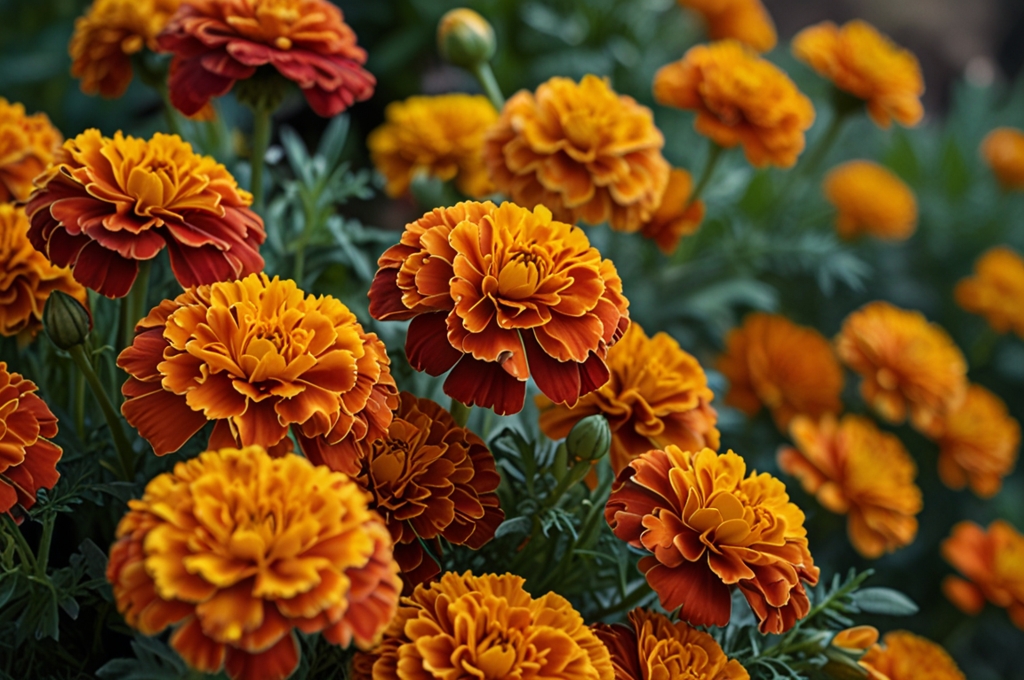
8. Coreopsis
Why It Works:
This daisy-like flower is native to North America and effortlessly tolerates drought, heat, and poor soil conditions.
How to Grow:
. Full sun is ideal.
. Minimal watering needed
. Self-seeds and spreads easily.
Additional Benefits:
Coreopsis continuously blooms and is excellent for wildflower gardens as a low maintenance flowers.
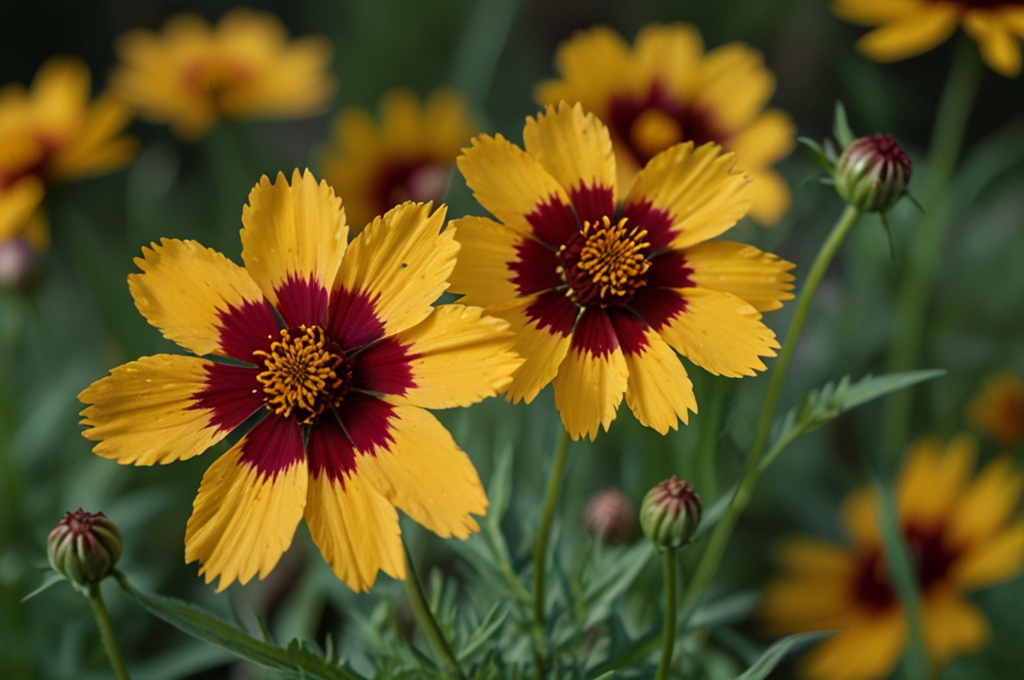
9. Russian Sage
Why It Works:
Russian sage features tall spires of purple flowers and silvery foliage. It’s heat-tolerant and perfect for poor soil.
How to Grow:
. Needs full sun
. Minimal water required
. Trim back in early spring.
Additional Benefits:
It attracts pollinators and is deer-resistant.
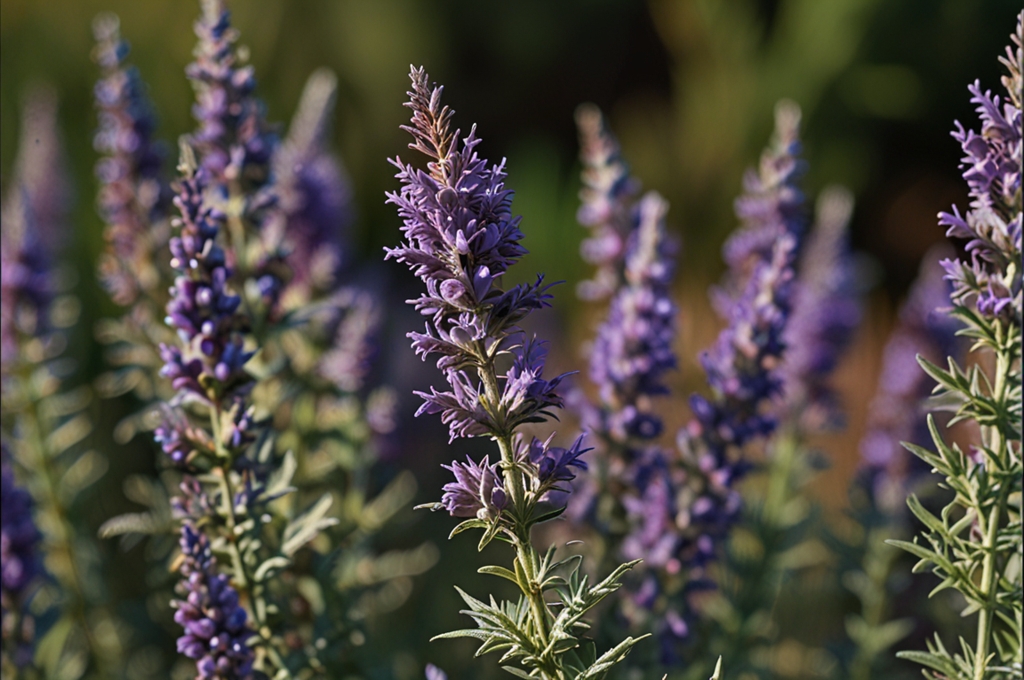
10. Yarrow
Why It Works:
Yarrows are the classic low maintenance flowers that grows well in sandy, dry, or rocky soil. Its flat-topped blooms are loved by pollinators.
How to Grow:
. Plant in full sun
. Avoid overwatering
. Divide clumps every few years.
Additional Benefits:
Medicinal uses and excellent as a dried flower.
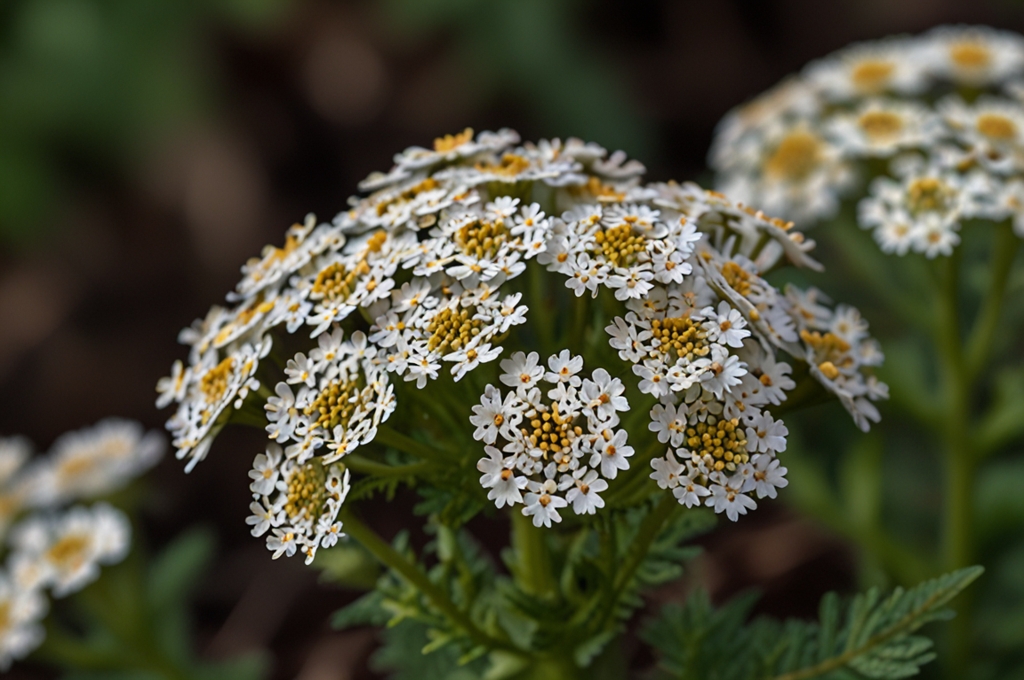
11. Gazania
Why It Works:
Gazania’s bold colors and sun-loving attitude make it ideal for low-water gardens. It closes at night and reopens with the morning sun.
How to Grow:
. Full sun only
. Needs well-drained soil
. Tolerates salty air—excellent for coastal areas
Additional Benefits:
Beautiful in borders and pots, it blooms late into fall.
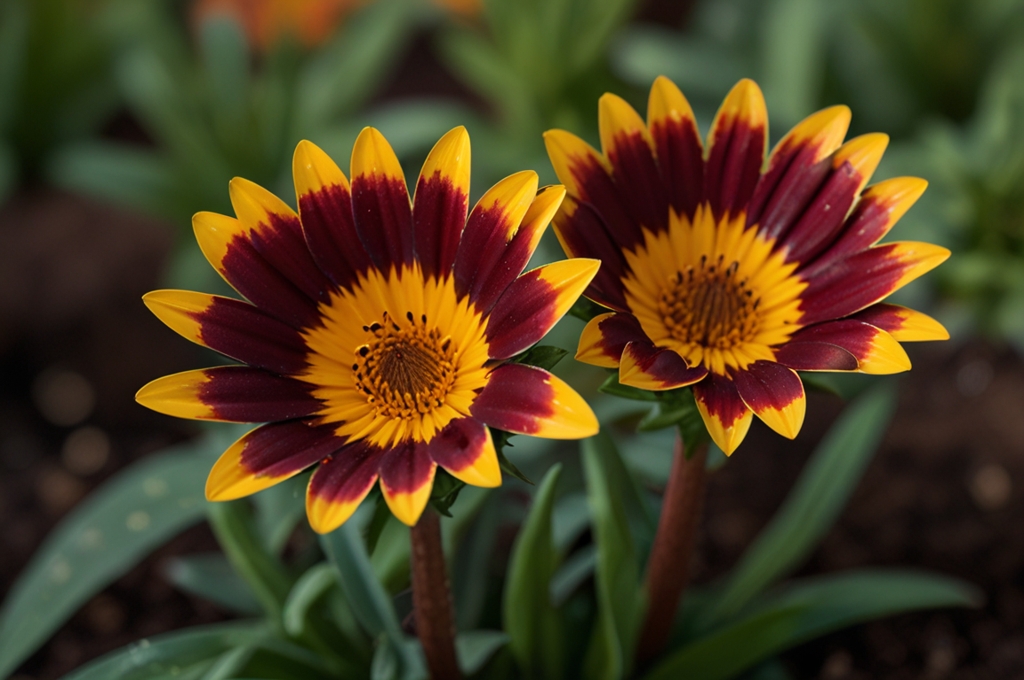
12. California Poppy
Why It Works:
California poppies are a native wildflower that thrives in poor, sandy soil and needs almost no care. They are ideal for naturalized or cottage-style gardens.
How to Grow:
. Direct sow in full sun
. Avoid fertilizing
. There is no need for water after the establishment.
Additional Benefits:
California poppy is self-seeding and deer-resistant with blooms of dreamy orange flowers.
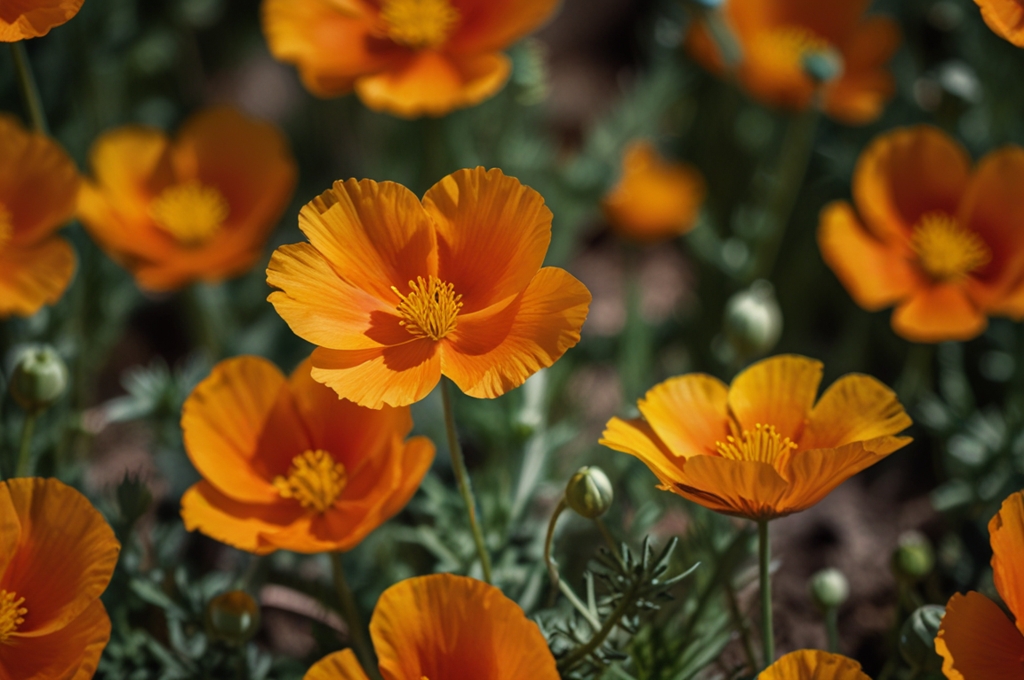
Summary
Gardening doesn’t have to be time-consuming to be beautiful. Choosing the right low maintenance flowers allows you to enjoy a colorful, lush garden without constant upkeep.
From drought-tolerant perennials like yarrow and Russian sage to cheery bloomers like zinnias and marigolds, there’s a flower here for every type of space. Whether planting in poor soil, battling dry summers, or not having the time for high-maintenance landscaping, these floral powerhouses are your best allies.
Pick your favourites, plant them in the right spots, and then sit back and let your garden shine—with barely any effort at all.

